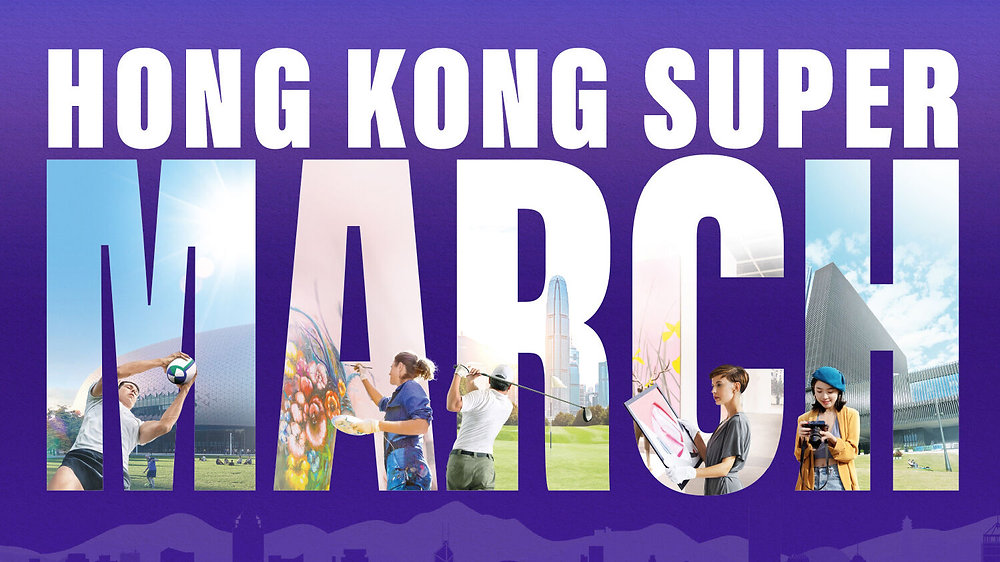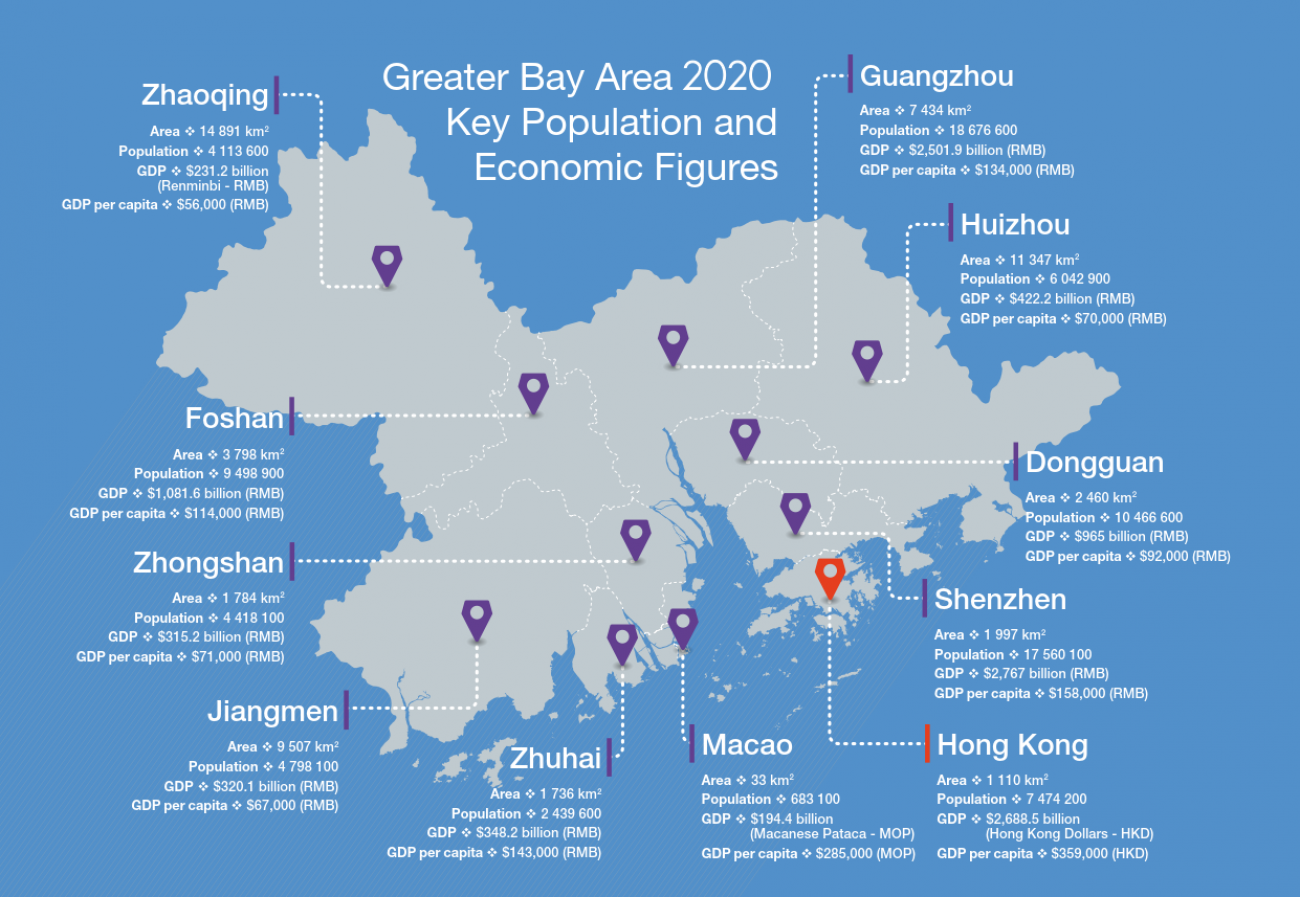
The ‘Super March’ Phenomenon
March 2023 marked a turning point for Hong Kong’s tourism industry, with a 12% surge in visitors compared to the same period last year. This “Super March” brought in 3.4 million visitors, including 960,000 from locations outside mainland China. The increase highlights the city’s recovery from the pandemic and its growing appeal as a global destination.
Hotel occupancy rates in busy districts reached around 90%, reflecting the high demand for accommodations. Local businesses, including restaurants, shops, and attractions, also saw a significant boost in revenue. Finance Chief Paul Chan noted that overseas VIPs observed Hong Kong’s regained vibrancy and vitality, signaling a positive shift in the city’s global image.
Social media and travel influencers played a key role in promoting Hong Kong as a must-visit destination. Their posts and videos showcased the city’s unique blend of culture, cuisine, and events, attracting a diverse range of travelers.
The Role of the Hong Kong Sevens Rugby Tournament
The Hong Kong Sevens rugby tournament was a major driver of the visitor surge. Held at the new 50,000-seat stadium at Kai Tak Sports Park, the event drew international crowds and created a lively atmosphere. The tournament’s final day, in particular, pushed the city’s energy to its peak.
The economic impact of the event was substantial. Visitors spent heavily on accommodations, dining, and local attractions, benefiting businesses across the city. Marketing efforts, including partnerships with global sports networks and influencers, helped attract a record number of attendees.
Compared to previous years, the 2023 tournament marked a strong comeback after pandemic-related disruptions. Its success demonstrated Hong Kong’s ability to host large-scale international events and its appeal as a sports tourism destination.
Visitor Demographics and Trends
The 960,000 non-mainland Chinese visitors were a key demographic in March’s surge. This group included travelers from Southeast Asia, Europe, and the Americas, drawn by relaxed visa policies and Hong Kong’s reputation as a safe and vibrant destination.
Visitors were diverse in age and nationality, with many opting for cultural experiences, shopping, and dining. Popular destinations included Victoria Peak, the Star Ferry, and the city’s bustling markets. Travel agencies and tour operators played a crucial role in organizing trips and promoting Hong Kong’s attractions.
Feedback from visitors highlighted their positive experiences, with many praising the city’s hospitality, cleanliness, and efficient public transport.
Economic Impact and Future Prospects
The visitor surge had a significant economic impact, generating increased revenue for local businesses and creating jobs in the tourism sector. The industry’s recovery is a key part of Hong Kong’s broader economic rebound.
To sustain this growth, the government and private sector are investing in infrastructure, marketing, and technology. Innovations like smart tourism apps and virtual tours are enhancing the visitor experience and attracting tech-savvy travelers.
However, challenges remain, including capacity constraints and the need for sustainable tourism practices. Balancing economic growth with environmental preservation will be crucial for long-term success.
Challenges and Opportunities
Hong Kong faces several challenges in maintaining its tourism momentum. Overcrowding in popular areas and strain on local resources are concerns that need addressing. Infrastructure improvements, such as expanding public transport and upgrading facilities, are essential to accommodate growing visitor numbers.
Sustainability is another key issue. The city must adopt eco-friendly practices, such as reducing waste and promoting green tourism initiatives, to protect its natural and cultural heritage.
Despite these challenges, the surge presents opportunities for innovation. New tourism products, such as themed tours and experiential activities, can attract diverse audiences. Government policies that support industry growth while ensuring sustainability will be critical.
Local residents have mixed views on the surge. While many appreciate the economic benefits, others are concerned about the impact on their daily lives. Striking a balance between tourism growth and community well-being will be essential.



